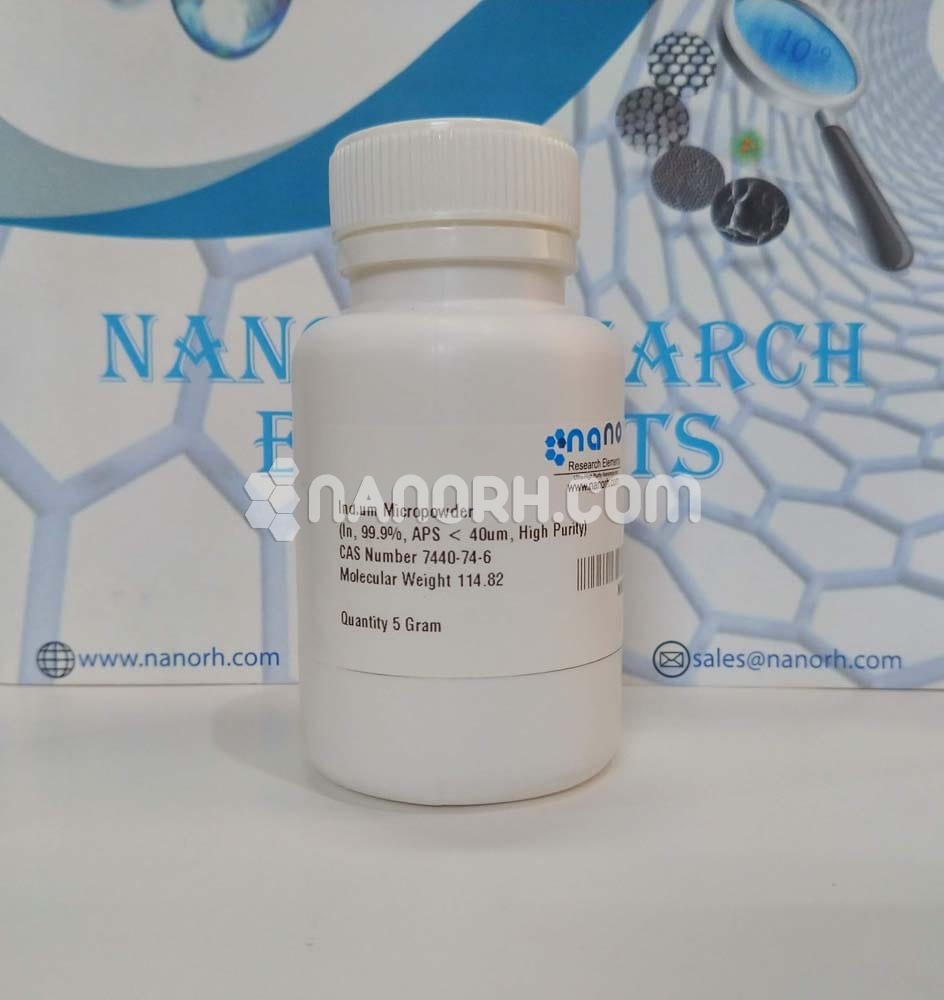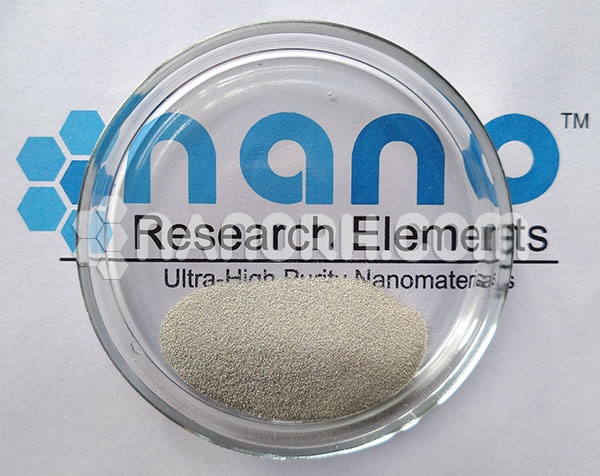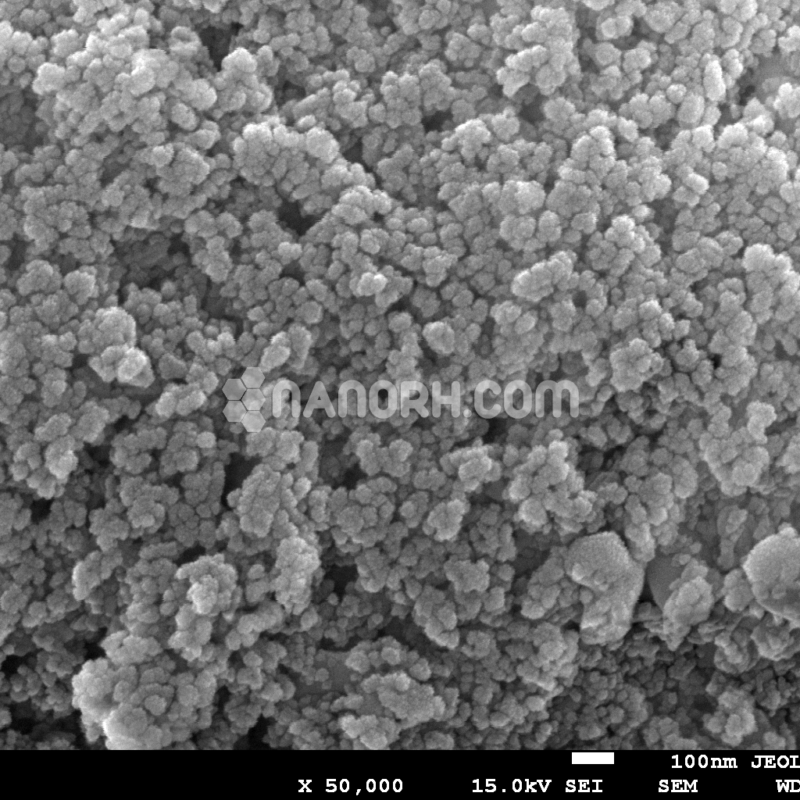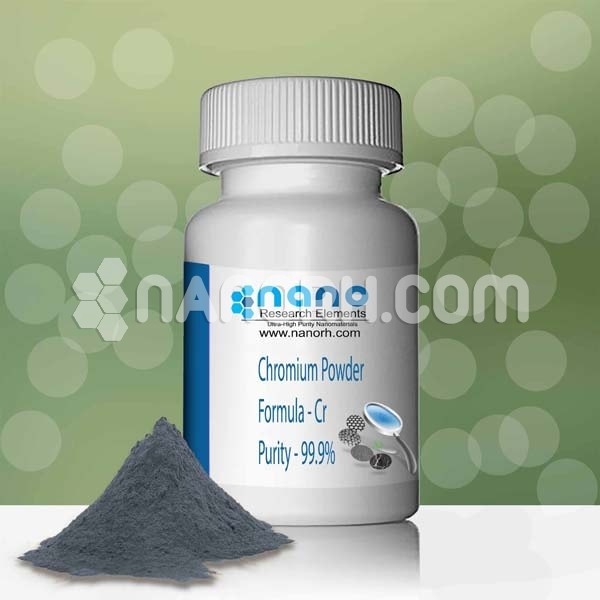| Indium Powder | |
| Product No | NRE-8024 |
| CAS No. | 7440-74-6 |
| Formula | In |
| Molecular Weight | 114.81 g/mol |
| APS | <40um(can be customized) |
| Purity | 99.9% |
| Color | Gray |
| Density | 7.312 g/cm³ |
| Melting Point | 156.5985 °C |
| Boiling Point | 2072 °C |
Indium Powder Cautions:
Indium powder, a fine, soft, and malleable metal, has a variety of applications across different industries due to its unique properties, including excellent thermal and electrical conductivity, ductility, and corrosion resistance. Here are some common applications of indium powder:
Soldering: Indium is frequently used in soldering applications, particularly in the electronics industry. It forms a ductile and strong bond between components, ensuring reliable electrical connections. Indium-based solder alloys are often used for delicate components and high-temperature applications.
Semiconductor Manufacturing: Indium is used in the production of semiconductors and integrated circuits. It is employed as a masking material for etching processes and as a component in some electronic materials.
Thermal Interface Materials (TIMs): Indium-based TIMs, such as indium foil or thermal grease, are used to enhance heat transfer between electronic components and heat sinks. These materials are crucial for cooling in high-performance electronic devices.
Cryogenic Sealing: Indium’s low-temperature properties make it suitable for sealing applications in cryogenic systems. It remains ductile and effective at extremely low temperatures, ensuring a reliable seal.
Vacuum Seals: Indium gaskets and seals are used in vacuum systems and high-pressure environments, where they provide a hermetic seal. Its malleability allows it to conform to irregular surfaces.
Radiation Shielding: Indium can serve as a shielding material for certain types of radiation, such as X-rays and gamma rays. It is often used in the healthcare industry for radiation protection.
Solar Cells: Some types of thin-film solar cells use indium-based materials to enhance electrical conductivity and light absorption. Indium-tin-oxide (ITO) is commonly used as a transparent conducting layer in photovoltaic cells.
LCD and OLED Displays: ITO-coated glass, which contains indium, is used as a transparent electrode in liquid crystal displays (LCDs) and organic light-emitting diode (OLED) displays. It allows for the passage of electrical current while maintaining transparency.
Aerospace Applications: Indium is used in aerospace applications for its resistance to extreme temperatures and its ability to form reliable seals in high-pressure environments.
Thermoelectric Devices: Indium antimonide (InSb) is a thermoelectric material used in thermocouples and thermoelectric generators for converting heat into electricity.
Alloying: Indium is used to create various alloys, including fusible alloys, which have low melting points and are used in applications like fire sprinkler systems and thermal fuses.
Research and Development: Indium is used in various research and development applications, including in the development of new materials, sensors, and specialized equipment.




